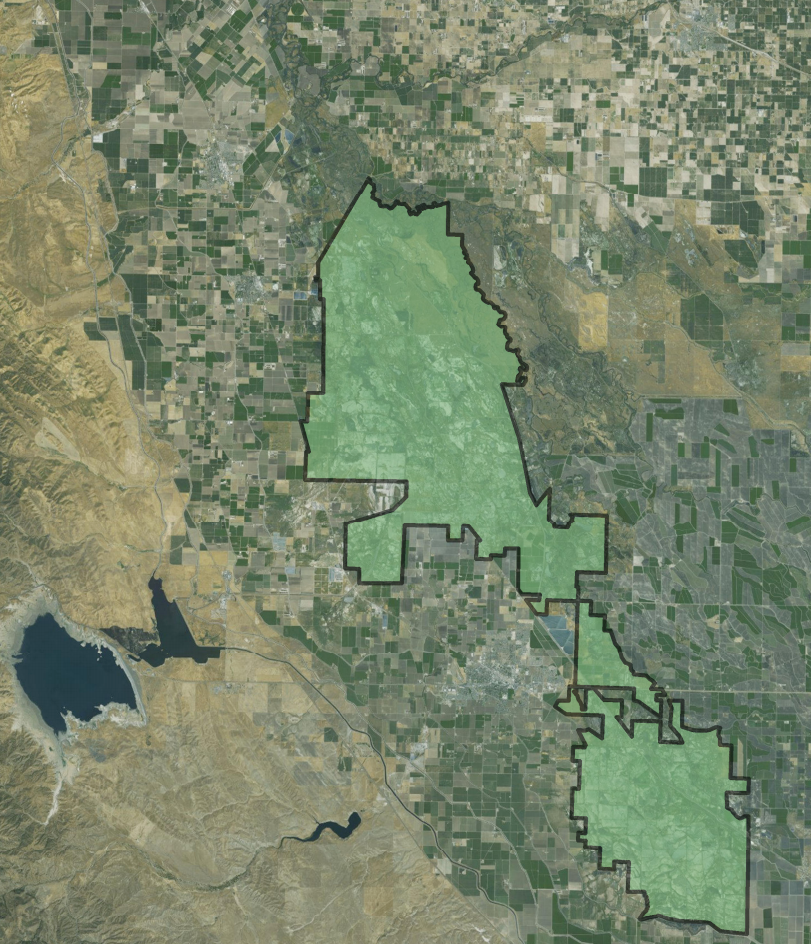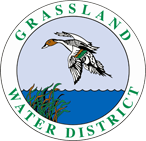The Grassland Resource Conservation District contains approximately 75,000 acres and is composed primarily of privately-owned hunting clubs and wildlife beneficial agriculture.
The GRCD also encompasses several state wildlife areas such as the Volta Wildlife Area, Los Banos Wildlife Area, and Mud Slough, Gadwall, and Salt Slough Units of the North Grasslands Wildlife Management Area. Federal wildlife refuges in the GRCD include portions of the San Luis National Wildlife Refuge, including the Freitas, Kesterson and Blue Goose Units.
The area is part of the largest contiguous block of wetlands remaining in California’s Central Valley and is a major wintering ground for migratory waterfowl and shorebirds along the Pacific Flyway.
The U.S. Fish & Wildlife Service ranks the habitat provided by the GRCD as the most important complex of wetlands in the San Joaquin Valley. The wetlands of the GRCD are a component of the Western Hemisphere Shorebird Reserve Network and are recognized for their global importance to shorebirds. Lands within the GRCD are primarily managed for waterfowl habitat. Land uses include seasonally flooded wetlands, permanent wetlands, and irrigated pasture. Conservation easements have been acquired by the USFWS to help preserve wetland-dependent migratory bird habitat.
WHO WE ARE

The Grassland Resource Conservation District’s privately owned wetlands are composed of 160 clubs ranging in size from a few acres to over 2,500 acres.
Natural hydrology in the GRCD has been lost, and all wetlands depend on water deliveries, similar to agriculture. Water for these wetlands originate in the Shasta watershed and make their way down the Sacramento River and through the Delta. Water is exported through the Federal Jones pumping plant and conveyed through the Delta Mendota Canal and into San Luis Reservoir. Water moves from San Luis Reservoir to the Mendota Pool through the Delta Mendota Canal. The Central California Irrigation District then deliveries GRCD water supplies to Grassland Water District through its main canal.
Managed wetlands in the GRCD are intensively managed to produce standing crops of moist soil food plants and invertebrates with high value to wildlife, particularly waterfowl and shorebirds. Moist soil plant management encompasses the mimicking of historic hydroperiods, irrigations to optimize seed and biomass production and the mechanical manipulation of vegetation and seed banks to maximize the distribution of beneficial moist soil plants.
90% of the GRCD is preserved under permanent wetland conservation easements. The GRCD was identified as one of the 19 refuges in the Central Valley Project Improvement Act which directed the Secretary of the Interior and the State of California to provide adequate and reliable water supplies to these critical wetlands. The GRCD receives its water supply in two blocks. Level 2 water supply for the GRCD totals 125,000 acre-feet and comes from the Central Valley Project. Incremental Level 4 water supply totals 55,000 acre-feet for the GRCD and is primarily acquired from the San Joaquin River Exchange Contractors through their transfer program and from willing sellers of groundwater water.
BOARD OF DIRECTORS
Stillbow Duck Club
Coast Cattle Duck Club
Hollister Duck Club
Sand Lake Hunting Club
Double D Land & Cattle Co.
Board Meetings
at 1:30 p.m.
There will be a joint special meeting of the Boards of Directors of Grassland Water District, Grassland Resource Conservation District, and Grassland Groundwater Sustainability Agency will be held on Tuesday, June 10, 2025 at 3:00 p.m. at the Grassland Water District 200 W. Willmott Avenue Los Banos, CA 93635.



